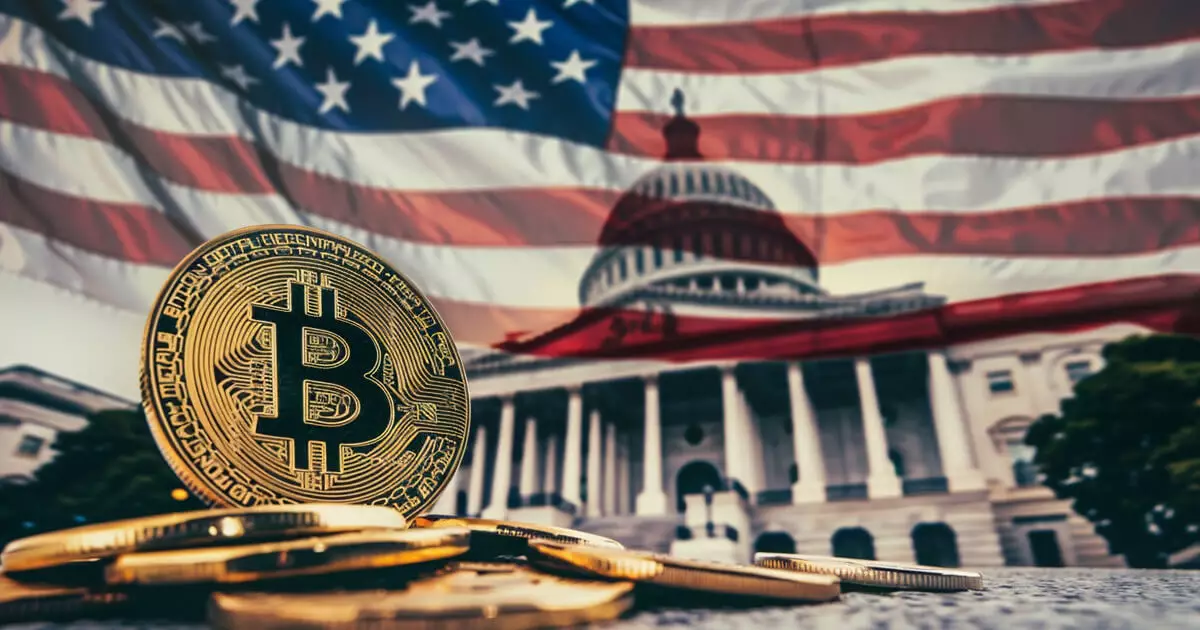The realm of cryptocurrency and digital assets has experienced tremendous growth in recent years, prompting governments worldwide to reevaluate their regulatory frameworks. In the United States, the emergence of digital currencies like Bitcoin (BTC) has sparked significant discussions about appropriate oversight and management, especially under the current administration led by President Donald Trump. The designation of David Sacks as the “Crypto Czar” heralds a crucial turning point as strategies and mandates are laid out to foster innovation while ensuring security and compliance.
President Trump’s executive order established a Crypto Working Group with a mandate aimed at addressing the regulatory landscape surrounding cryptocurrency. David Sacks emphasized that one of the group’s early priorities involves considering the establishment of a Bitcoin reserve, reflecting a developmental focus toward Bitcoin’s integration within the U.S. financial system. However, he noted the separate evaluation process for a potential U.S. sovereign wealth fund’s involvement in Bitcoin acquisition, marking a clear distinction in financial strategies.
The intentions of the working group extend beyond mere evaluation. They seek to collaborate closely with the Securities and Exchange Commission (SEC) to craft a federal regulatory blueprint for digital assets and stablecoins. Sacks pointed out a significant challenge over the past four years: regulatory confusion that led to a mass exodus of crypto innovation offshore. By pursuing a structured environment that distinguishes compliant entities from those that operate in bad faith, the administration aims to reclaim the U.S. leadership in crypto innovation.
Amidst the push for a structured regulatory environment, several lawmakers weighed in during a recent press conference, marking a unified front on the urgency of cryptocurrency legislation. Senator John Boozman drew attention to the existing regulatory landscape governed by the SEC and the Commodity Futures Trading Commission (CFTC), highlighting concerns regarding jurisdictional overlaps. This distinction is pivotal, as it influences how businesses in the cryptocurrency space are classified and regulated.
Senator Tim Scott articulated an ambitious agenda that includes passing stablecoin legislation within the first 100 days of the administration. Such a move not only aims to establish regulatory clarity but also to fortify the U.S. dollar’s standing as the world’s reserve currency. Supporting these initiatives, Senator Bill Hagerty introduced the Clarity for Payment Stablecoins Act of 2024, intending to lay down comprehensive rules for stablecoin issuance and management, thus strengthening the legal fabric surrounding digital currencies.
The Clarity for Payment Stablecoins Act of 2024 significantly narrows the focus of regulations to ensure that stablecoin issuers maintain a 1:1 reserves backing with U.S. currency and other liquid assets, an essential provision designed to bolster confidence in these digital assets. Moreover, the bill proposes rigorous licensing requirements for issuers, such as those affiliated with federally insured depository institutions or regulated state entities. By establishing these parameters, the legislation strives to promote transparency and public trust in the burgeoning stablecoin market.
Alongside reserve management, the mandatory monthly disclosures and independent audits for stablecoin issuers represent significant steps towards accountability. Importantly, the prohibition of rehypothecation of reserves adds an additional layer of consumer protection. This determination highlights the administration’s intent to prevent risky behaviors often associated with traditional financial mechanisms from infiltrating the digital asset realm.
Future Implications and Collaborative Efforts
As discussions unfold within the Crypto Working Group, the need for cooperation across agencies becomes increasingly evident. The SEC’s establishment of its first crypto task force, led by Commissioner Hester Peirce, encapsulates this collaborative spirit. With Peirce advocating for regulatory clarity, the task force aims to redefine how cryptocurrencies are classified, thereby shaping the future framework for investment and innovation in this dynamic field.
Peirce’s acknowledgment of the inconsistencies in the SEC’s previous regulatory stances reflects the critical need for a cohesive policy approach that balances safeguarding investors and fostering technological progress. By advocating for public engagement, the SEC invites stakeholders to influence policy decisions actively, acknowledging that the evolving nature of the cryptocurrency landscape necessitates broad input from various sectors.
The initiatives being rolled out under the current administration signal an era of potential transformation for cryptocurrency regulation in the U.S. With deliberate measures aimed at clarity and effectiveness, policymakers are addressing concerns that have stymied growth and innovation. The emphasis on protecting consumers, promoting transparency, and ensuring compliance indicates a serious commitment to establishing a robust regulatory framework that can facilitate the responsible development of the digital asset marketplace. As these discussions and initiatives progress, the U.S. may position itself to reclaim its status as a frontrunner in the global cryptocurrency landscape.


Leave a Reply